This guest post is by David Edwards of www.asittingduck.com.
Over the past few years I’ve had success with guest posting and uploading videos on YouTube, but the one thing I’ve struggled with was my blog. There were two reasons:
- Illustrations are very time consuming to make.
- Thinking what to write used to stress me out!
I’m not sure about you but I totally failed at blogging, I set a plan to produce a fresh post every Friday and before I knew it the next Friday was here already and I had nothing to publish! There are many minefields online when you’re using images and text content, and when I was blogging, I started to drift away from the main theme.
A lot of new bloggers could probably relate to this. When you start a blog, you end up trying to find out how to rank on Google, gain traffic, and so on. That leads you to websites like problogger.net, and you read them so much that you start to talk about their subjects on your blog. Why would a designer want to know about pay per click on my blog? He can come here for that!
 A few months back I looked at my blog and I didn’t like what I had published. I made a quick decision to convert it into a squeeze page and build an email list. Then, instead of blogging, I’d send the occasional newsletter.
A few months back I looked at my blog and I didn’t like what I had published. I made a quick decision to convert it into a squeeze page and build an email list. Then, instead of blogging, I’d send the occasional newsletter.
It worked, but the traffic and community around the website lost its buzz. Back when I was publishing every Friday I did start to see that day was popular in terms of traffic stats, so I was getting that weekly return traffic. I knew that I had to get some more momentum on the website if I were to launch a series of products. The solution was Tumblr.
Why Tumblr works for lazy people
On joining Tumblr, you instantly become a member of a vast community of very creative people. You can select your favorite topics and hunt through fresh, quality posts. Within minutes I managed to follow 100 top bloggers and the five topics that I wanted to keep “A Sitting Duck” based around:
- art
- comics
- design
- gaming
- illustration
Once you have logged in, set your tags, and started following some relevant people, the dashboard shows you posts on your subject, and basically helps you become a curator for your niche! Through the re-blog feature, you can publish other people’s hard work straight to your blog instantly. They get exposure from their work being shared, and you have something for your regular visitors to look at. It’s a win/win situation.
I’ll continue to publish drawings and ideas, but the main benefit of Tumblr is that I always have the backup of the reblog feature, which makes blogging fun again, and a stress-free experience.
I’ve already started to see my traffic climb again and people are keen to see fresh blog posts, which is a huge boost!
Why reblog?
Tumblr has a one-touch button that lets all members instantly reblog a post from another publisher on the platform. I’ve seen posts that have been reblogged over 50,000 times in a day! Reblog is kind of like Twitter’s retweet function, only that it seems more permanent, as the post is actually published on the domains of bloggers who have reblogged it.
As a character designer myself, many people ask me if I’m afraid of letting my ideas getting stolen. As far as I’m concerned, you’re better off having people see your work and share it than hide it in a sketchbook. It’s always best to get copyright advice first, but I think you need to get your stuff out there to build an audience!
Tumblr: a good choice for relaunch
The best part about my relaunch is that I’ve owned my domain for over three years now, and I’ve built up stacks of great links. Relaunching the blog has given all my metrics a kick, and I’ve joined a community which has over 30 million members, so the opportunity to grow my audience is huge.
Is your blog going off track or dead? Would you rather become a curator for your site and keep the momentum going than leave it to stagnate? As always I look forward to your comments.
David Edwards is the founder of www.asittingduck.com and today has released a brand new video on YouTube called “Milkshake Cat”.
The post How I Brought My Blog Back to Life with Tumblr appeared first on ProBlogger.
How I Brought My Blog Back to Life with Tumblr
https://problogger.com/how-i-brought-my-blog-back-to-life-with-tumblr/
http://www.problogger.net/archives/category/blog-networks/feed/
Blog Networks – ProBlogger
Blog Tips to Help You Make Money Blogging – ProBlogger
https://problogger.com/wp-content/uploads/powerpress/problogger_podcast-891.jpg
Powered by WPeMatico









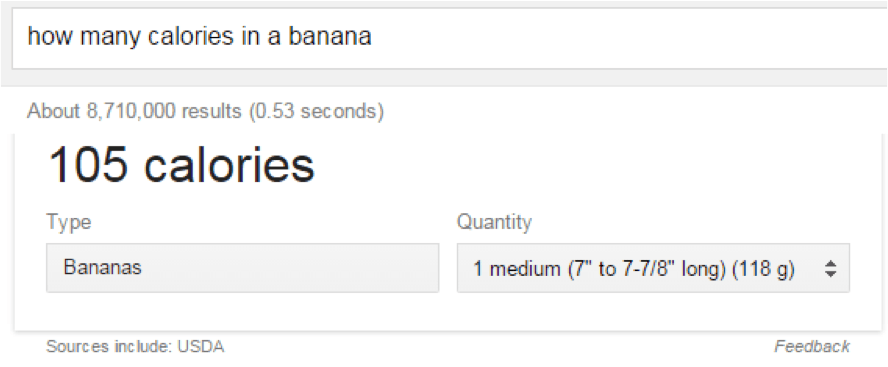

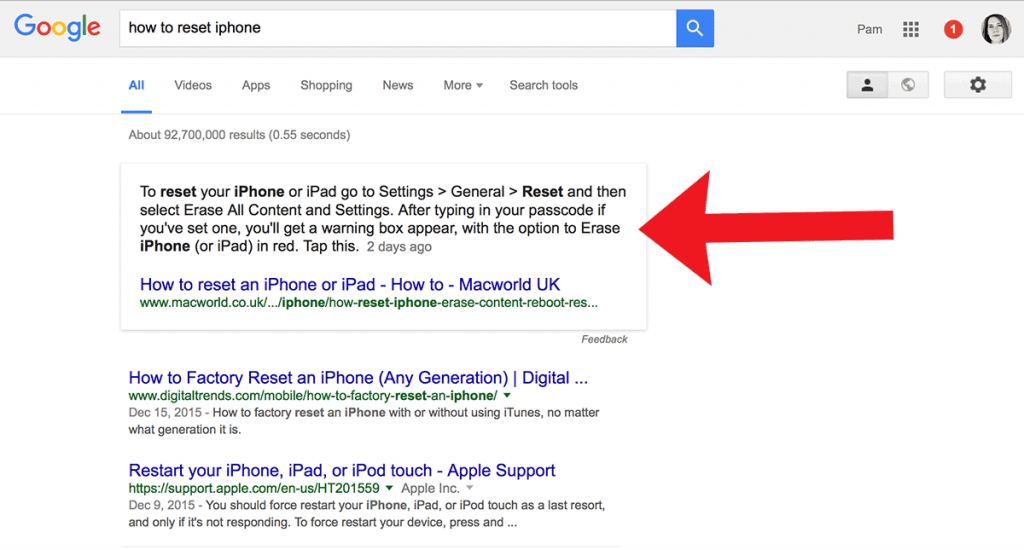
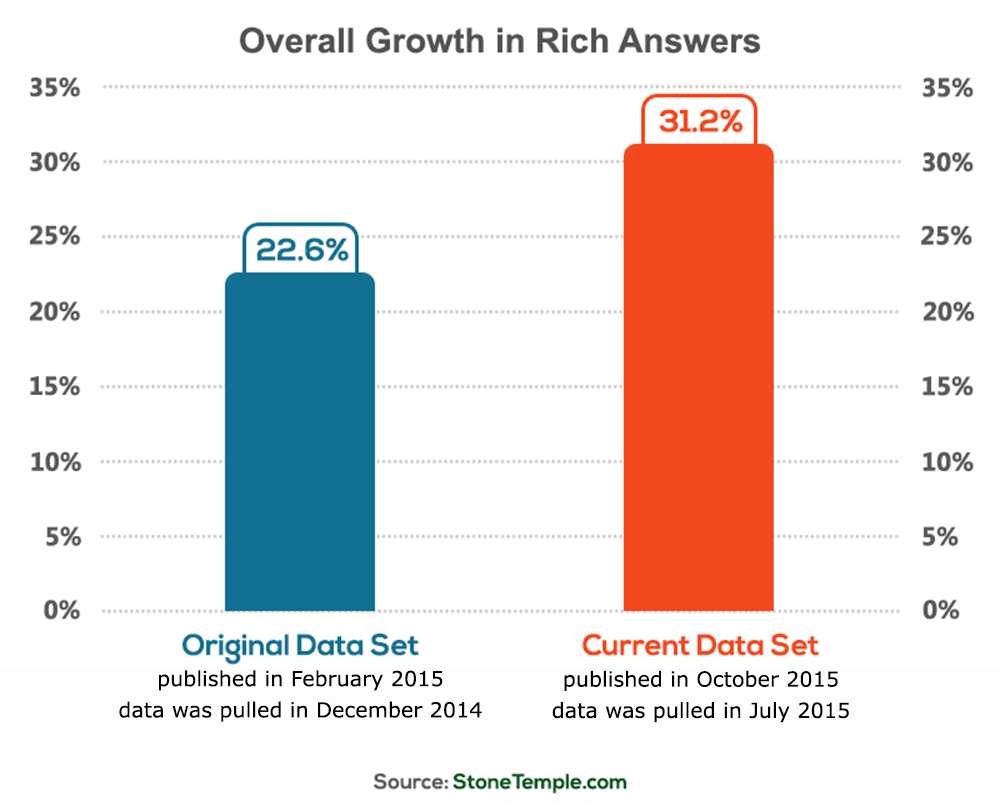


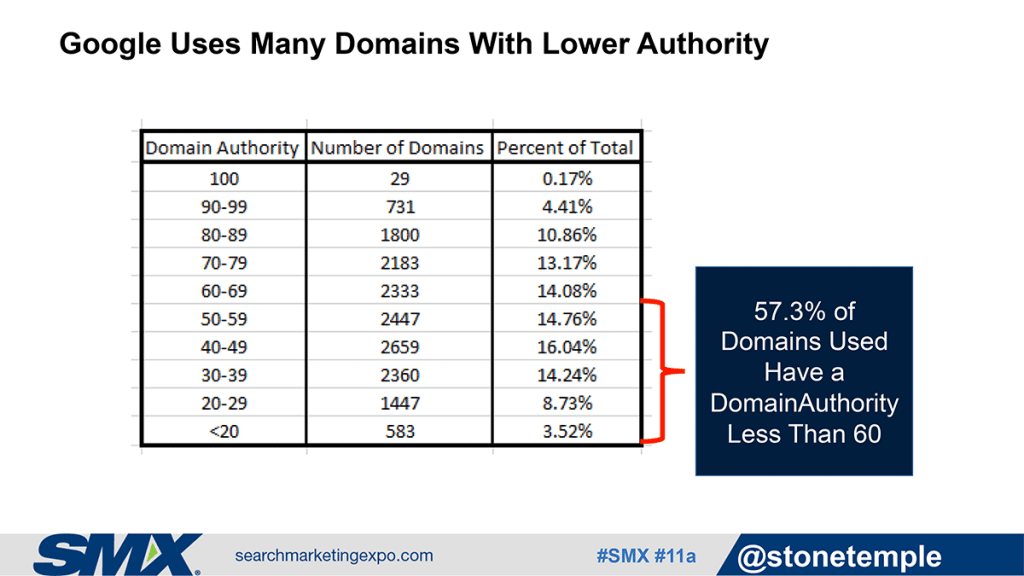


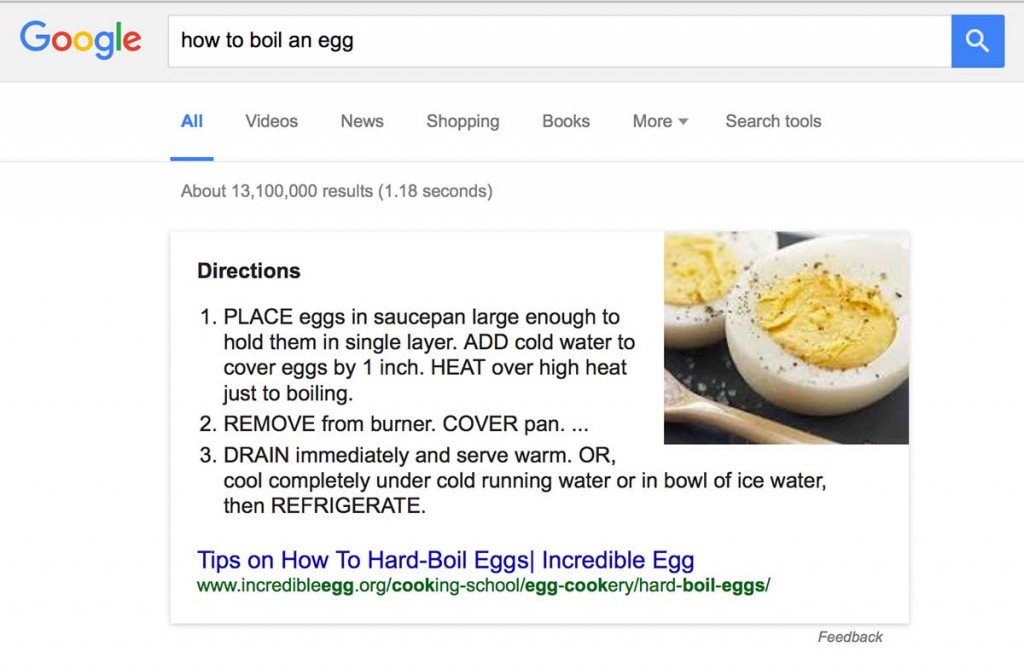
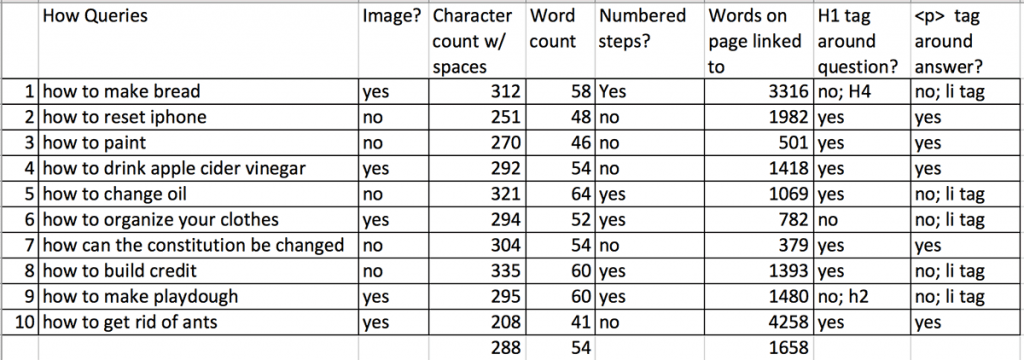


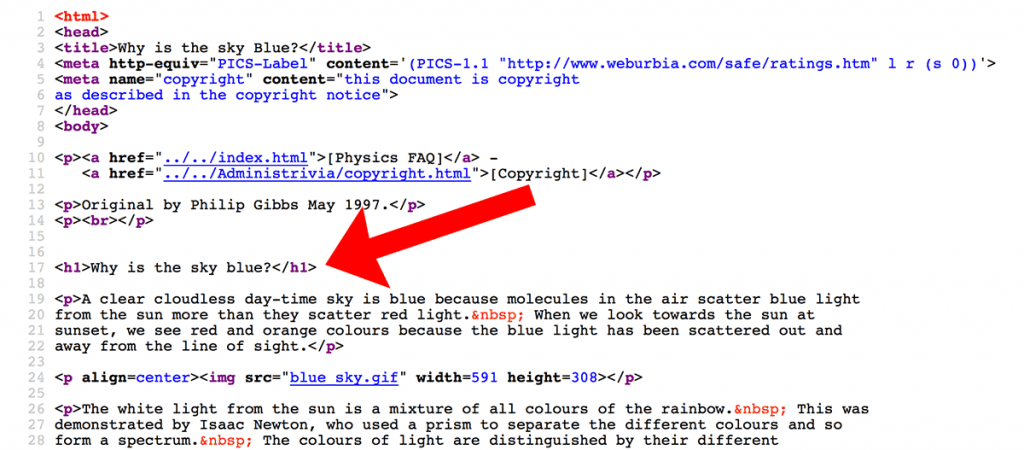
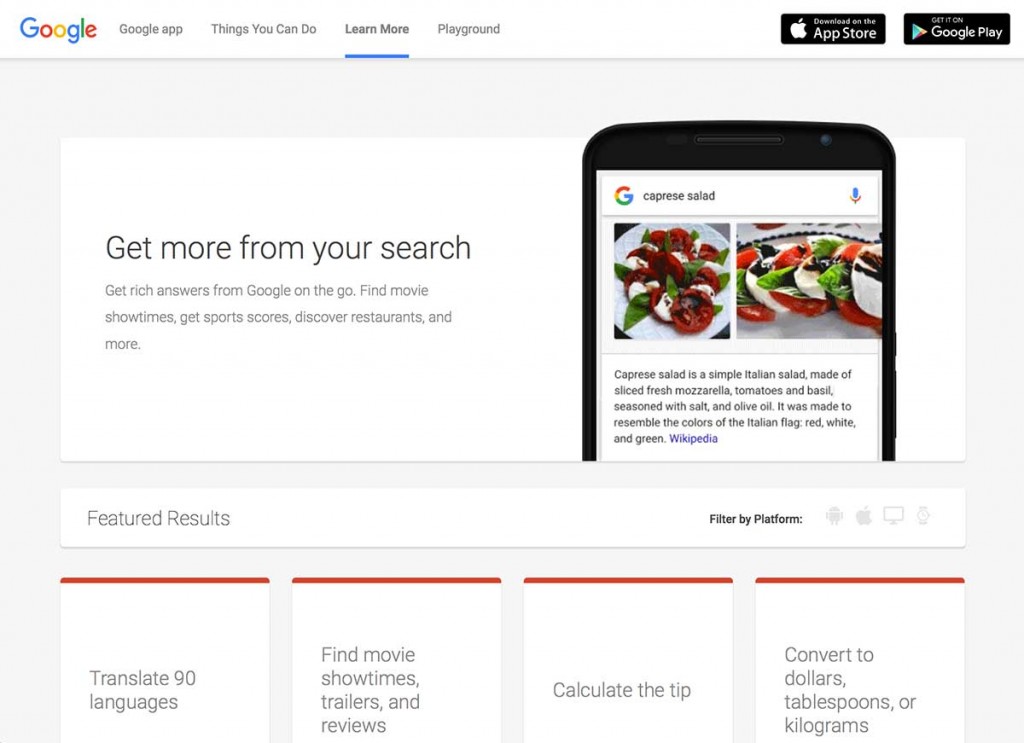


 A few months back I looked at my blog and I didn’t like what I had published. I made a quick decision to convert it into a squeeze page and build an email list. Then, instead of blogging, I’d send the occasional newsletter.
A few months back I looked at my blog and I didn’t like what I had published. I made a quick decision to convert it into a squeeze page and build an email list. Then, instead of blogging, I’d send the occasional newsletter.